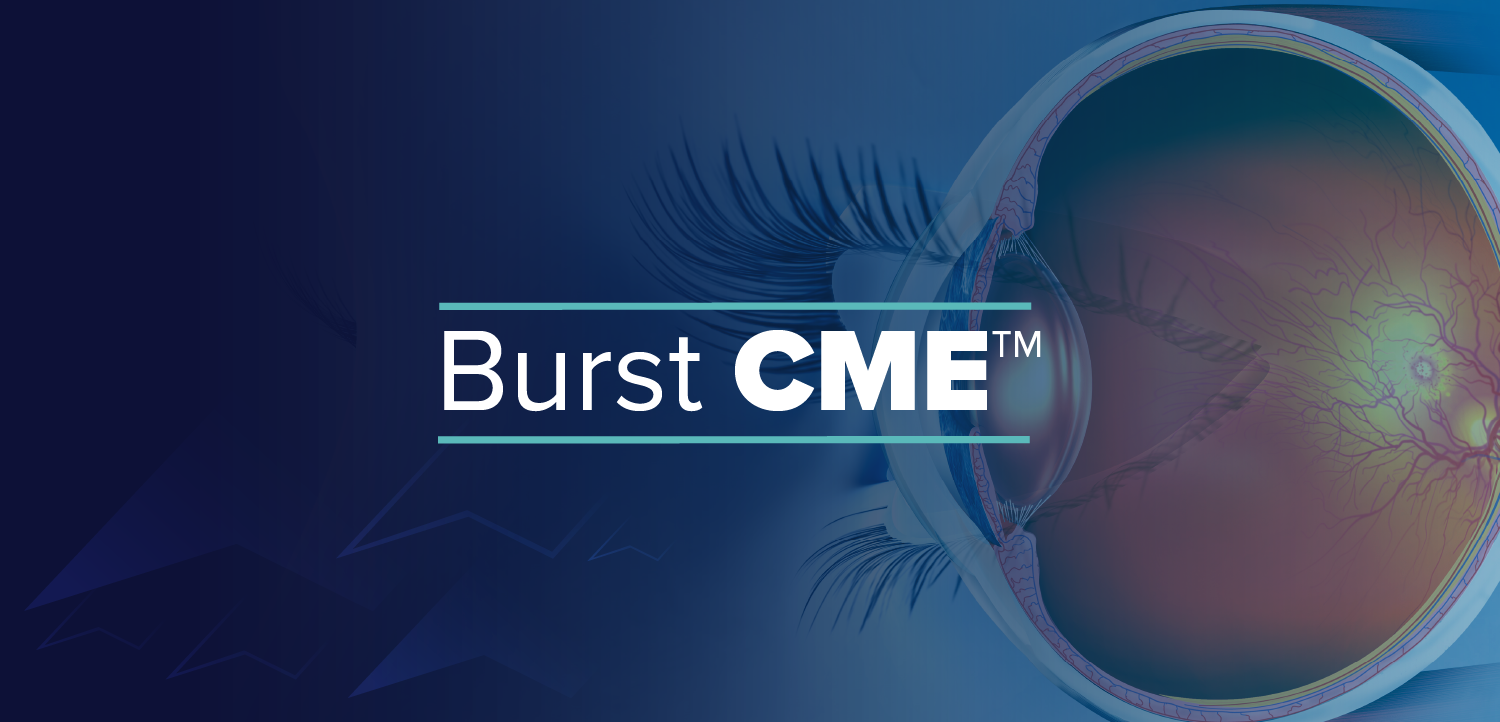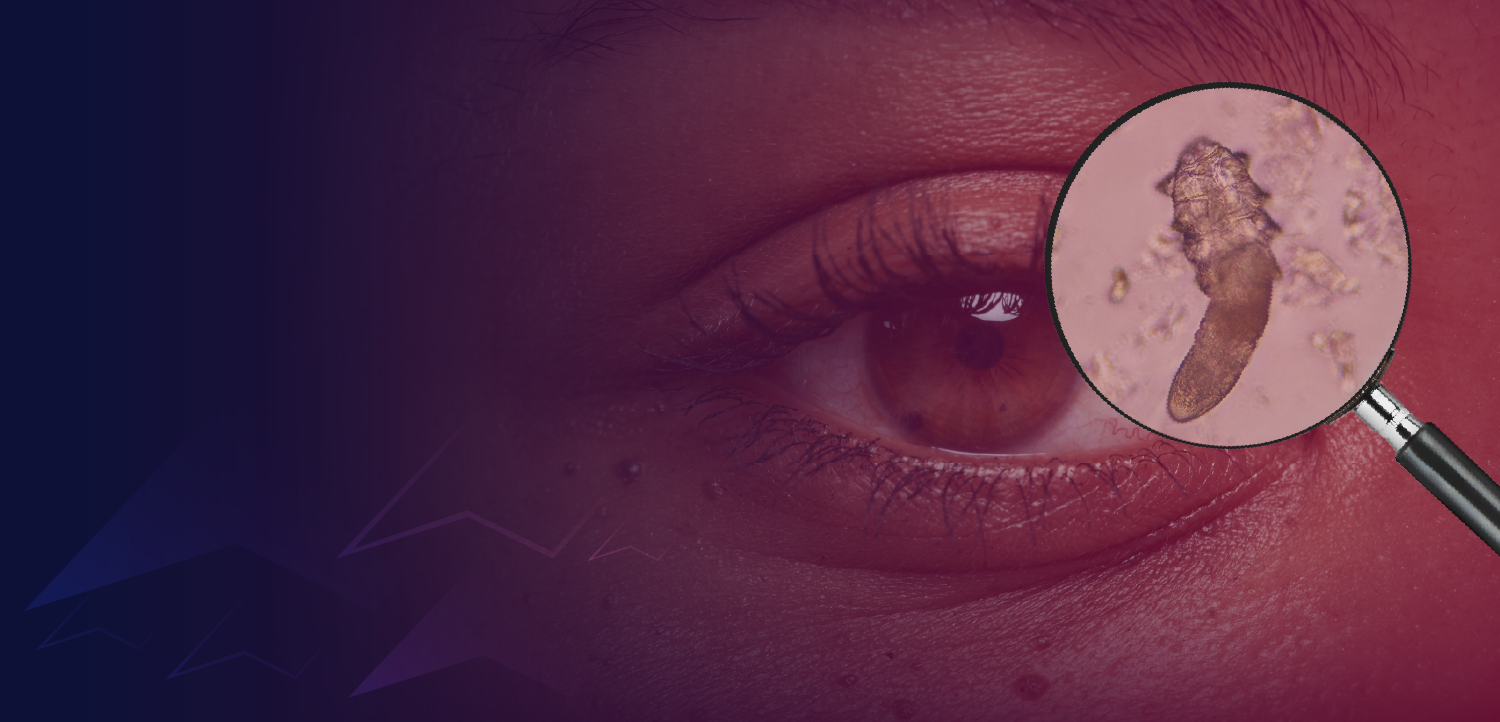#24: Visual Field Technology for Glaucoma Management
Assessment of the visual field was first established as a hallmark diagnostic tool to provide information about a patient’s visual function and quality of vision in the first half of the 20th century, but significant advances in technology have made visual field testing much more efficient and effective in the last 25 years.
Structure-function map developed with SPECTRALIS Glaucoma Module Premium Edition (not available for sale in all countries) and the Heidelberg Edge Perimeter (HEP).Assessment of the visual field was first established as a hallmark diagnostic tool to provide information about a patient’s visual function and quality of vision in the first half of the 20th century, but significant advances in technology have made visual field testing much more efficient and effective in the last 25 years.
Standard automated perimetry (SAP) became popularized in the late 1980s and early 1990s. White-on-white SAP is used to estimate threshold sensitivity measurements. SAP is currently considered to be most effective in patients with moderate-to-severe progressive glaucoma.
Since the introduction of SAP, a number of alternatives have been introduced that are primarily aimed at identifying patients with early glaucomatous damage and, consequently, fostering earlier treatment before the condition progresses. Many currently available machines use a combination of SAP with a newer technology. These newer alternatives include:
- Short-wavelength automated perimetry (SWAP): Also known as blue-yellow perimetry, SWAP tests only a small fraction of the visual system by projecting a large Goldmann size V blue target on a bright yellow background.
- Frequency-doubling technology (FDT) perimetry: FDT uses low-spatial-frequency sinusoidal grating undergoing rapid phase-reversal flicker that appears to have twice as many alternating light and dark bars than are actually present (hence the term “frequency doubling”).
- Flicker-defined form (FDF) perimetry: FDF uses a high-temporal-frequency stimulus that undergoes counterphase flicker, leading to a phantom contour illusion. Patients will typically perceive a gray patch or circle against the mean luminance background.
- Visually evoked cortical potentials (VECP) and electroretinography: VECP involves cortical or retinal responses to a stimulus such as a flickering light or reversing patterns of light and dark squares. This multifocal technology can be useful in assessing retinal ganglion cell function.
The integration of the functional information provided by perimetry and the underlying structural information provided by diagnostic imaging methods such as optical coherence tomography is an area being explored to improve detection and management of glaucoma. Several studies suggest that combining structural and functional data from both testing modalities significantly enhances the clinical diagnosis and management of glaucoma. Furthermore, proper correlation of visual function to structural data points is critical for clinicians to make accurate use of this confirmatory data.
Newsletter
Don’t miss out—get Ophthalmology Times updates on the latest clinical advancements and expert interviews, straight to your inbox.














































.png)


